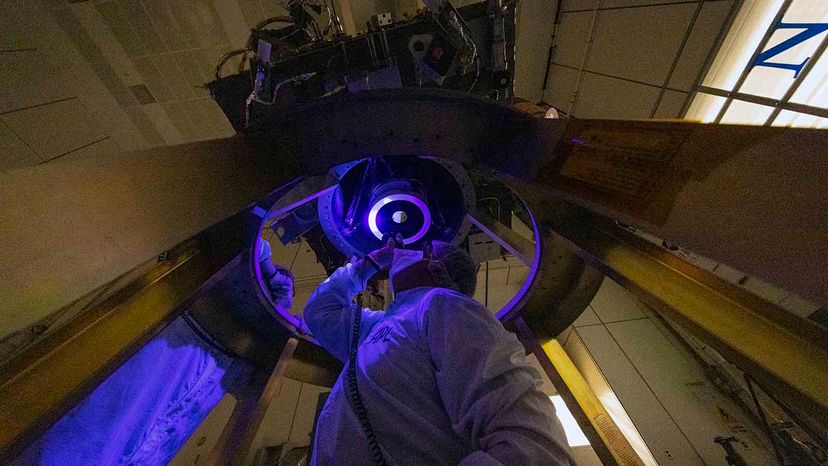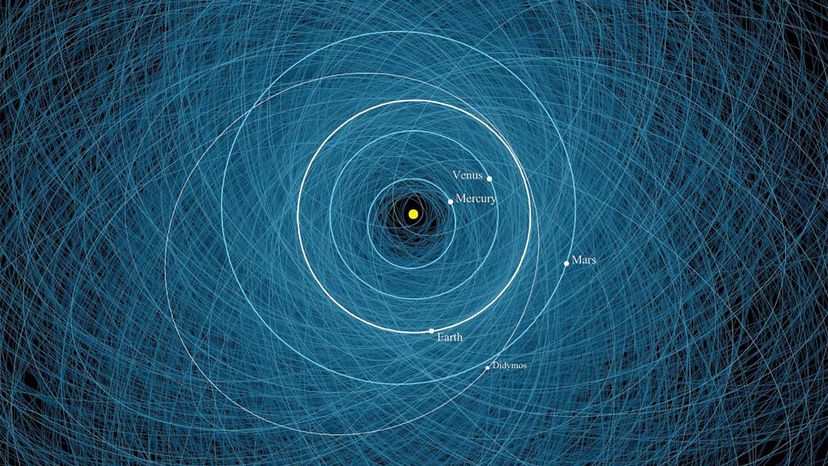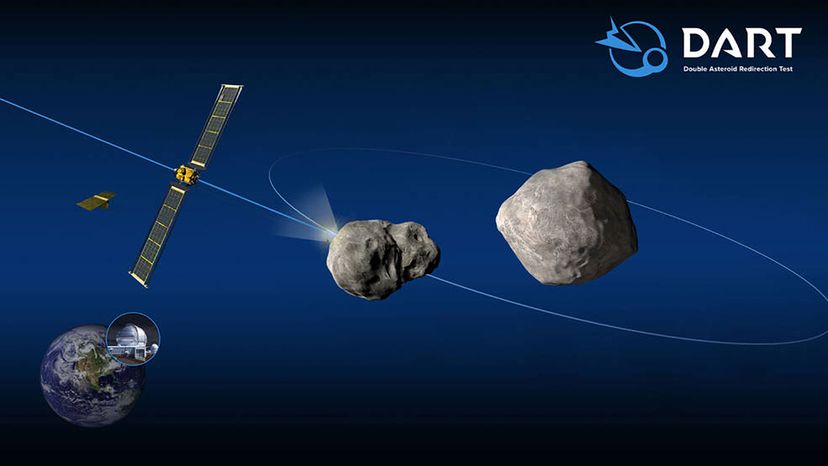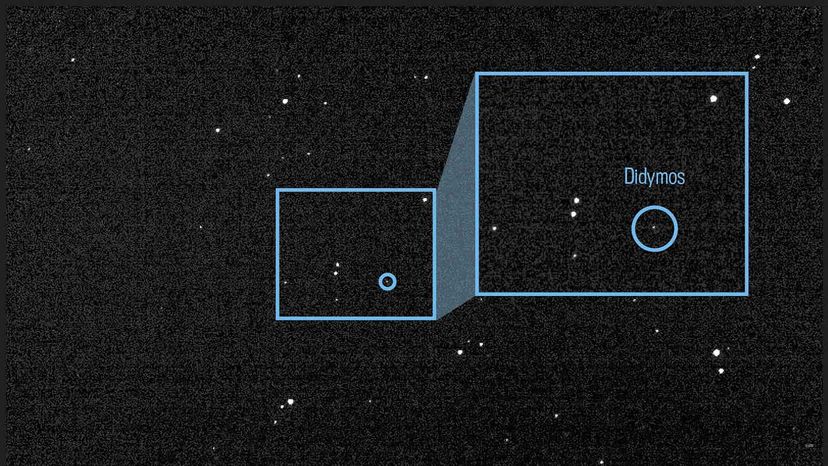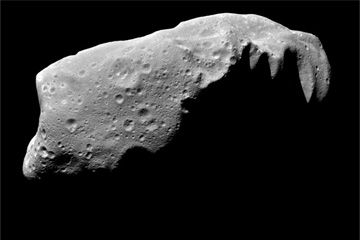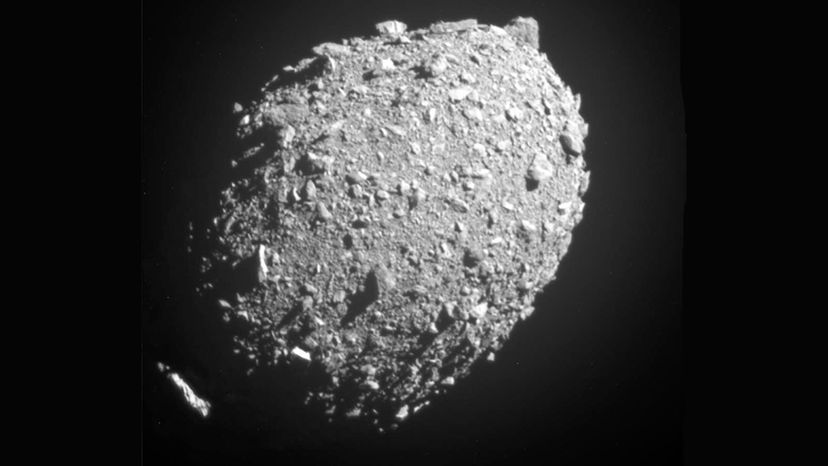
In November 2021, NASA's Double Asteroid Redirection Test (DART) robotic spacecraft took off into space on a SpaceX Falcon 9 rocket from Vandenberg Space Force Base in California, on a mission to intercept and change the orbit of an asteroid.
The $325 million spacecraft traveled 6.8 million miles (11 million kilometers) from Earth and Monday, Sept. 26, it achieved its goal of crashing into Dimorphos, a small asteroid that orbits a second, larger piece of space rock, Didymos, as the pair travels in an elliptical orbit around the sun.
Advertisement
While there was never any threat of Dimorphos hitting Earth, it provided a safe target for testing technology that someday might help to protect Earth from a catastrophic collision with a killer asteroid, such as the one that wiped out the dinosaurs and 75 percent of plant and animal life 66 million years ago.
When it reached Dimorphos Monday, DART slammed into the space rock at a speed of about 4.1 miles (6.6 kilometers) per second, hopefully giving the asteroid enough of a jolt to alter its orbit around its partner, just slightly, but enough that the alteration can be observed by telescopes on Earth. The investigation team will now observe Dimorphos using ground-based telescopes to confirm if the impact altered the asteroid’s orbit.
"DART is a test of the effectiveness of the kinetic impactor technique for altering an asteroid's orbital path, and of the spacecraft technology used to deliver a kinetic impactor to the target asteroid," Lindley Johnson, NASA planetary defense officer, explains via email.
Here are five things you should know about DART.
Advertisement
